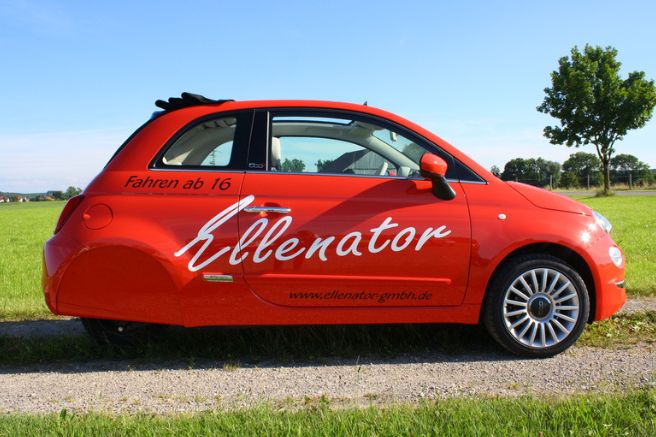
Mercury Marine is rapidly expanding its product line of low-voltage, 48-volt electric outboards. Just 12 months ago, it launched its first model, the “Avator 7.5e,” but by last August, it had already introduced the “20e” and “35e” versions, whose names indicate, in decimal form, the wattage of power delivered to the propeller shaft. Now, the “Avator 75e” and “Avator 110e” models, also operating at low voltage, have joined the lineup. Like their predecessors, they are designed to power lightweight aluminum or fiberglass boats but are also suitable as maneuvering motors or auxiliary engines for larger vessels when operating in protected areas. Thanks to these two new entries, Mercury’s “Avator” range now includes five models, all sharing similar design and characterized by analogous design features, in line with performance expectations. Among these are the cross-flow motors integrated directly into the lower unit and the lithium-ion batteries, whose capacity varies by model. Starting from one kilowatt-hour for the “7.5e” and reaching up to two and three kilowatt-hours for the “20e” and “35e” models, all these units are specifically designed for marine use, with waterproof IP67 rating. Placed under the cowl, the batteries can be directly recharged from the grid, thanks to management electronics that control 110 or 230-watt chargers capable of recharging the batteries in about ten hours. Alternatively, external sources called “Avator Power Center” can be used for faster charging, powering up to four energy units stored on the boat. It’s worth noting that while the declared weights of the motors are fairly light, around 20 kilograms for the mounting unit and slightly over 21 kilograms for the two intermediate models, these do not include the weight of the batteries, which for the intermediate-range motors effectively doubles the total propulsion mass.
Usage Proposals

The “Avator 7.5e,” with power equivalent to about one horsepower and a combined motor and battery weight of around 27 kilograms, features a sleek design and quick-change battery, making it ideal for powering a wide range of small boats. From compact tenders for mid-sized yachts to open aluminum or fiberglass boats. It can also be installed on sailing dinghies as an auxiliary engine or as a bow thruster for larger open boats.

The “Avator 20e” and “35e,” with power equivalent to about two and a half and five horsepower, and a combined weight of about 43 kilograms, are suitable for powering small aluminum fishing boats, compact pontoons, and mid-sized tenders. The “Avator 75e” and “110e,” with power equivalent to about ten and 15 horsepower, have not yet had their total weights declared. These are the most powerful outboards in the “Avator” range, capable of moving pilot boats, open fishing boats, pontoons, and even small fiberglass runabouts. They are perfect for serving as maneuvering or auxiliary engines for larger vessels when operating in protected areas.
From Low to High Voltage

In addition to expanding the “Avator” range, Mercury also showcased a prototype mid-power outboard operating at high voltage, labeled “Hve,” at the Düsseldorf show. This model features the same cowl used on the “Four Stroke” outboards with powers ranging from 75 to 150 horsepower. However, Mercury has not yet provided details about the engine’s performance or construction characteristics. The engine likely stems from the agreement Mercury signed last May with the Chinese manufacturer Jing Jin Electric, a global player in electric mobility. In the statement released by the two brands, they mentioned plans to develop a range of high-voltage marine electric motors. Since Jing Jin Electric primarily operates in the automotive sector, collaborating with Stellantis and Allison Transmission, it is likely responsible for the propulsion system, while Mercury Marine has undoubtedly contributed its expertise in hydrodynamics and propellers.**



